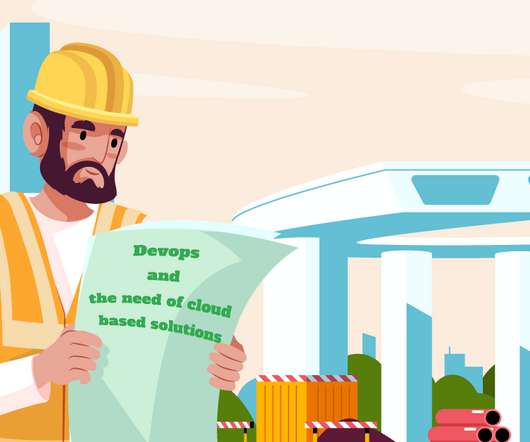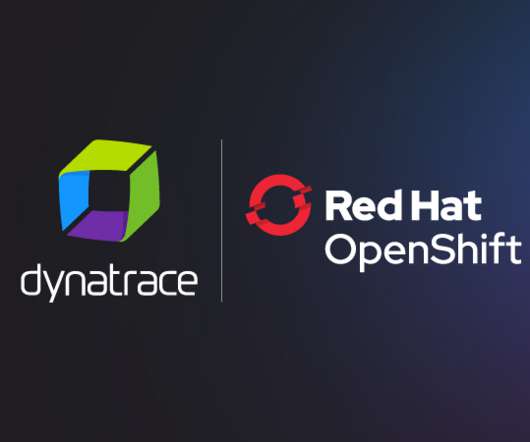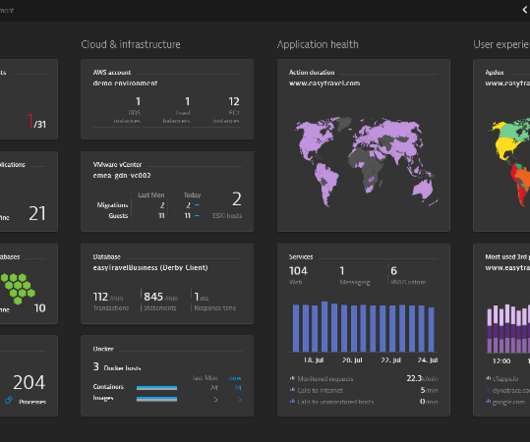Why log monitoring and log analytics matter in a hyperscale world
Dynatrace
NOVEMBER 15, 2021
Driving this growth is the increasing adoption of hyperscale cloud providers (AWS, Azure, and GCP) and containerized microservices running on Kubernetes. A log is a detailed, timestamped record of an event generated by an operating system, computing environment, application, server, or network device. billion in 2020 to $4.1





















Let's personalize your content